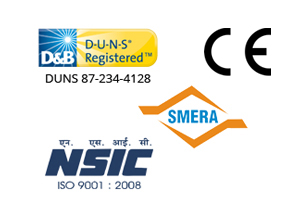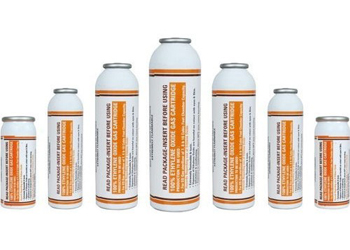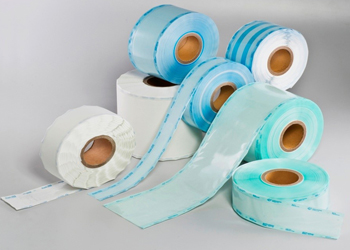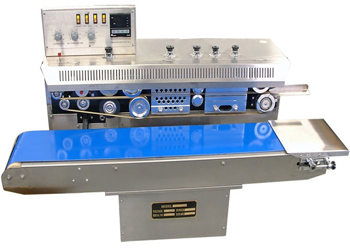Low-temperature sterilization is a critical requirement in medical, pharmaceutical and research environments where instrument integrity cannot be compromised by high heat. This is especially true when dealing with heat-sensitive materials like plastics, electronic devices or rubber components. As the demand for precision and preservation grows, table top sterilizers emerge as the dependable solution, delivering sterilization under low-temperature conditions without losing efficacy. Their engineering, particularly in the form of Ethylene Oxide (ETO) sterilizers, ensures that sterility is achieved consistently – without compromising on material safety or functional performance.
Why Low-Temperature Sterilization Demands Precision?
Unlike steam-based or dry heat sterilization methods, low-temperature sterilization relies on a controlled environment that maintains effectiveness without introducing thermal stress. Ethylene Oxide (ETO), a gaseous agent, plays a central role here. Used in carefully balanced concentrations and combined with humidity and time, ETO targets and neutralizes a wide range of microorganisms, including spores.
The reliability of this method depends entirely on precise control over four key variables:
- Gas Concentration – Affects penetration and microbial kill rate.
- Humidity – Enhances the sterilant’s activity by facilitating microbial cell wall absorption.
- Temperature – Maintained below 60°C to prevent damage to sensitive instruments.
When handled correctly, these factors make ETO an irreplaceable method for sterilizing instruments that cannot tolerate traditional high-heat cycles.
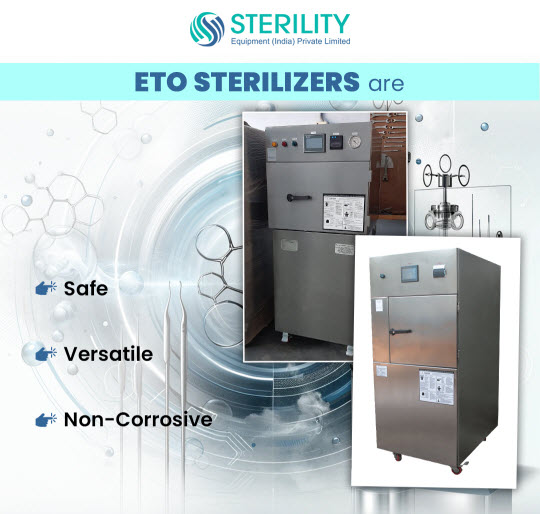
Table Top Sterilizers Maintain Sterilization Standards Without Temperature Stress
The table top sterilizer has become synonymous with effective low-temperature sterilization. These machines are designed to optimize every stage of the ETO sterilization cycle while maintaining user-friendly operation. Unlike larger, centralized systems, they are compact, yet equipped with sophisticated control systems that monitor and regulate internal conditions during every phase of sterilization.
These sterilizers operate through a well-defined process:
- Pre-conditioning: Instruments are exposed to controlled humidity and temperature to prepare for sterilization.
- Sterilization: ETO gas is introduced and circulated evenly in the chamber.
- Aeration: Post-exposure, residual gas is removed to render instruments safe for use.
The integrity of this process depends on maintaining the exact parameters that ETO sterilization requires. Table top units are engineered specifically for this, ensuring consistent gas distribution, temperature stability and full-cycle safety. Their automated systems allow technicians to initiate cycles with minimal intervention while maintaining absolute reliability.
Engineering Reliability in Indian Table Top Sterilizer Manufacturing
India plays a significant role in this domain. As one of the established table top sterilizer manufacturers, the company focuses on creating sterilizers that deliver safe, effective sterilization under low temperatures without the risk of failure.
Their machines are built around robust stainless-steel chambers, enhancing durability and ensuring optimal gas flow. Every component is carefully selected and tested to maintain efficiency across various use environments. Their unique design, blending high Indian manufacturing standards with proven global practices, guarantees results even in small, demanding setups like research labs, hospitals or pharmaceutical facilities.
Built for Sterility Without Compromise
What differentiates these machines is not just their capability to sterilize at low temperatures but their consistency in doing so – cycle after cycle. With electronic control panels, the user can precisely adjust parameters such as time, gas concentration and humidity levels. These controls ensure that every sterilization follows the validated process and eliminates variability.
The integration of ETO sterilization within table top sterilizers allows healthcare facilities to maintain high sterility assurance levels without resorting to high-heat methods that may degrade the tools. These systems are optimized not only for performance but also for the safety of personnel handling them. Automatic sealing systems, built-in leak checks and real-time status monitoring enhance operational trust.
Table Top Sterilizers are Ideal for Low-Temperature Environments
There is no room for error in sterilization. Instruments that go through compromised sterilization risk patient safety and operational reputation. Table top sterilizers meet the challenge of low-temperature sterilization by offering a stable microenvironment within a sealed chamber. Their design considers air tightness, material compatibility and ETO retention so that gas does not escape and efficacy is not reduced.
Rather than improvising with high-heat systems on sensitive devices, facilities now trust these compact units to deliver on-demand sterilization – safely and efficiently. Their low-temperature cycles preserve instrument quality, minimize maintenance costs and reduce reprocessing risks.
The Role of Exporters and Suppliers in Expanding Access
India’s leadership in this domain isn’t confined to domestic markets. Table top sterilizer exporters now ship across Asia, Africa and the Middle East. The demand for compact, reliable sterilizers is growing as more clinics and labs aim to meet global hygiene protocols without expanding their infrastructure.
Table top sterilizer suppliers bridge this demand by providing scalable solutions, technical support and configuration options. Their product knowledge ensures buyers get sterilizers that are not only functional but also compliant with international quality standards. These suppliers focus on end-to-end support—from installation and calibration to operator training.
This global distribution effort, led by firms like Sterility Equipment India Private Limited, ensures that advanced sterilization isn’t restricted to large institutions. It becomes a reality for remote clinics, mobile labs and niche pharmaceutical manufacturers who require sterile environments but work with limited space or budget.
Conclusion
The challenge of low-temperature sterilization is not simply about killing pathogens, it’s about preserving the original function of delicate instruments while achieving complete disinfection. Indian-made table top sterilizers embody this principle. Their intelligent design accounts for sterilant flow, surface coverage and exposure uniformity, all under a sealed and monitored environment.
By emphasizing engineering precision, these units eliminate the variables that lead to incomplete sterilization. This consistency is the key to delivering performance without compromise.

